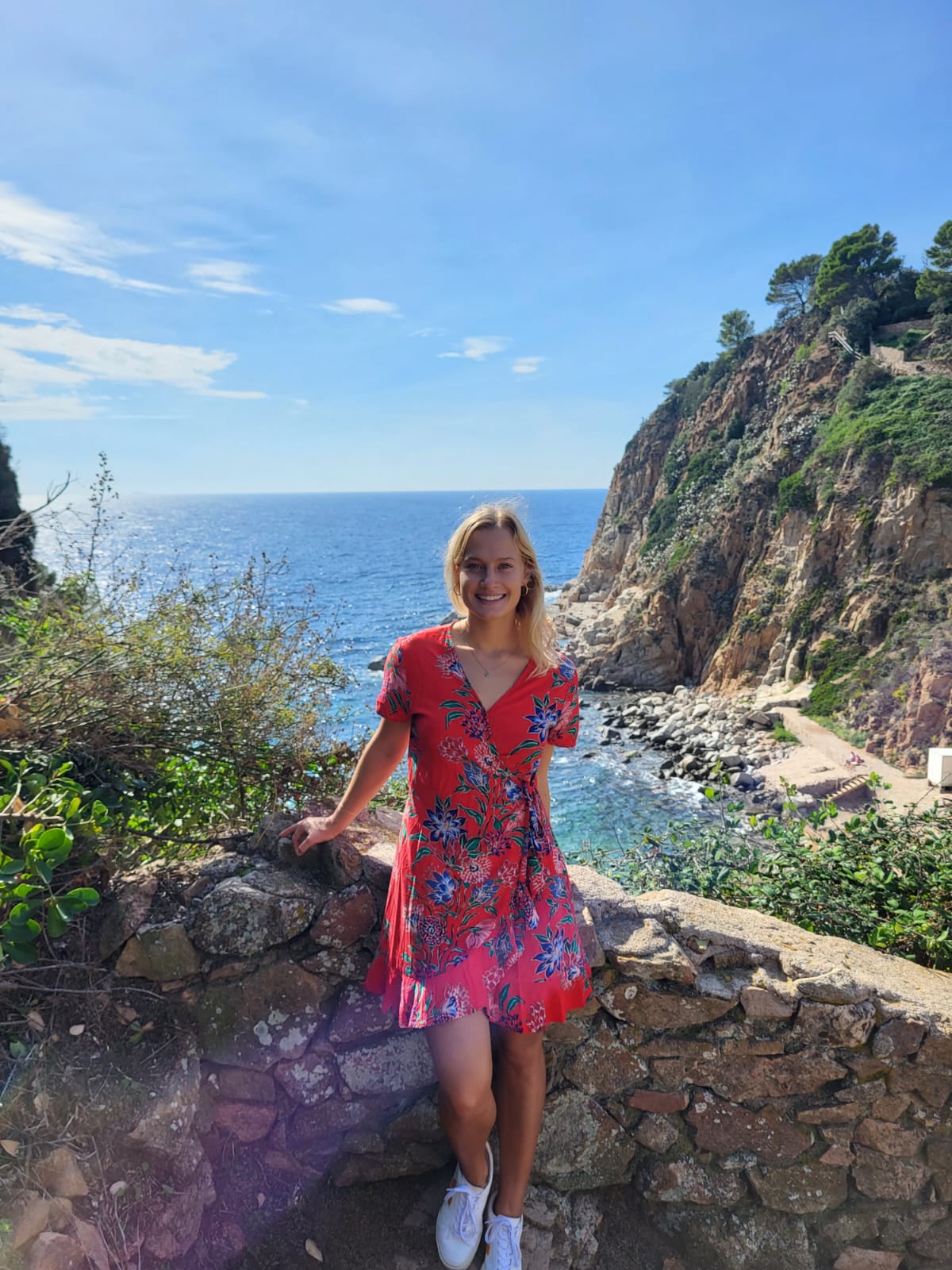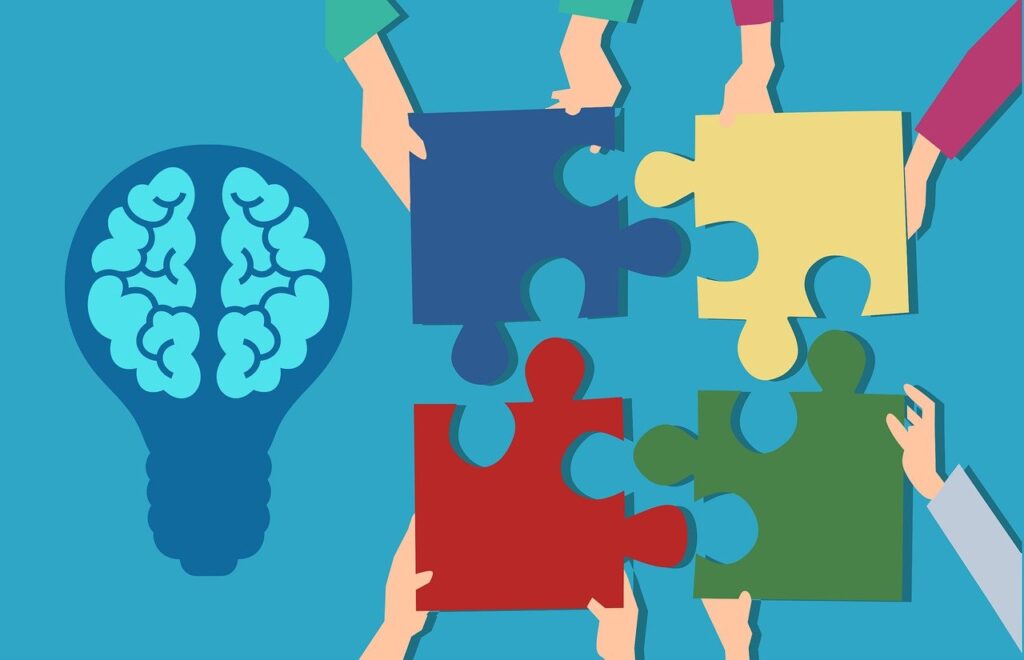
My MCAT Prep
Due to the COVID Pandemic, I moved back in with my family for the last months of my junior year of college. I planned the upcoming summer to prepare for the Medical College Admission Test (MCAT) because I had just finished all the prerequisites, and I knew I would want to enjoy my gap years as soon as I graduated. After I finished my finals I enjoyed one weekend off and then began studying for the MCAT. I had just over two months for preparation. I began studying on June 1 and took the exam on August 8.
First, I used the Blueprint Half-Length Diagnostic to assess what kind of test the MCAT even was. Before I took the diagnostic exam I had no concept of what the exam would look like or the way it would test me about so much material. Taking this diagnostic test so early on was an incredibly helpful first step. It immediately taught me the importance of synthesizing information and using strategy on the exam. This perspective on the type of exam I was studying for helped me to not go into too much depth during my content review. I knew I would need to review the materials, but I wouldn’t need to go into the kind of detail my undergraduate classes had required me to on many topics.
Fortunately, I had been provided the AAMC Fee Assistance Program, which offered me all the AAMC practice resources (and qualifying for the FAP means you get financial aid on Blueprint MCAT courses). I focused on using those materials effectively, learning from my mistakes and paying attention to the AAMC’s wording and question styles.
Because of COVID, I had moved away from my life in California and back to my parent’s home in Colorado. These circumstances really limited my distractions, and I was able to commit to study about six or seven hours each day. I finished my content revision in one month and then dedicated the rest of my time to practicing and doing supplemental review in the areas where I needed it. For the first month, I studied six days a week. My daily schedule became lighter as I approached my exam, five or six hours a day with two or three days off weekly.
Front-loading my workload helped me go into my exam with a much calmer and more confident attitude. I felt assured that I had put in the work and that I was adequately prepared. I worked incredibly hard to prepare myself for my exam, but I think that incorporating rest, especially before my test day, allowed me to demonstrate all that I had learned.
My Gap Years: Traveling, Volunteering, and Working
After my exam, I finished my senior year and graduated with a major in neuroscience and a minor in women’s and gender studies from the University of San Diego. I then embarked on the many adventures I had been planning for my two gap years before medical school. I was an involved, focused student in undergrad. So I prioritized using my gap years as time to travel.
I worked several jobs around San Diego, mostly at GT’s Living Foods and as a surf instructor before I began tutoring. Having a remote job has allowed me to embark on longer adventures, and for that, I feel incredibly grateful. I moved for four months to the tiny town of Playa Avellanas, Costa Rica, where I spent my days surfing, perfectly peeling waves, and making excursions to sail in Brasilito. During this time I made a lasting community of friends. I will return for another four months this spring.
After returning from Costa Rica, I came back to San Diego to complete several clinical volunteering opportunities in the Scripps Memorial Hospital La Jolla Emergency Department and at the Prebys Cancer Center. Afterward, I visited friends and family across Colorado, New Orleans, and San Francisco. Then, for a few more months I visited friends and traveled in the Netherlands, Spain, and Hawaii.
I scheduled my gap years to be back in the U.S. and in San Diego during periods where I needed to focus on my primary and secondary applications. Since all of the interviews for the schools I applied to were online, it allowed me to travel even more.
How My Gap Years Helped
Enjoying my time traveling, volunteering, and engaging in my San Diego community has helped me feel comfortable with who I am as an engaged pre-med applicant. I have intentionally learned from and connected with people from all walks of life. Living in Spanish-speaking countries for extended periods of time has provided me with plenty of opportunities to improve my conversational Spanish beyond school. Re-committing to learning Spanish during this time out of school has been one of the most rewarding parts of my gap years. My gap years have allowed me to grow as an educator and as someone who is passionate about becoming a healthcare practitioner with a global perspective.
What Is a Successful Pre-Med Student?
To me, being a successful pre-med student means following the best path for yourself. Taking time off before medical school has solidified my passion for medicine and given me plenty of time to enjoy the activities that ground me as a person. Surfing, reading, playing guitar, painting, and climbing center me. I know that I am a happier, healthier, and more giving person because I have followed the path that is right for me.
I wish you the best of luck as you navigate your own pre-med journeys, in all the many forms they may take. And if you need free resources to get started, create a free MCAT account.
Search the Blog

Free Consultation
Interested in our Online MCAT Course, One-on-One MCAT Tutoring or Med admissions packages? Set up a free consultation with one of our experienced Senior Student Advisors.
Schedule NowPopular Posts
-
MCAT Blog What's on the MCAT?
-
MCAT Blog How to Review MCAT Full Lengths

Free MCAT Practice Account
Need great MCAT practice?Get the most representative MCAT practice possible when you sign up for our free MCAT Account, which includes a half-length diagnostic exam and one of our full-length MCAT practice exams.
Learn More







